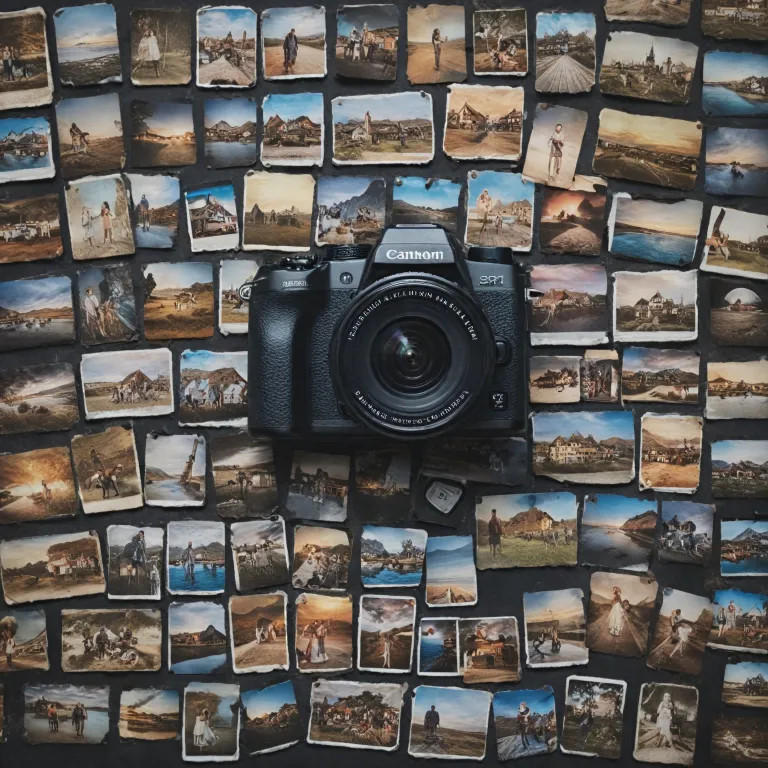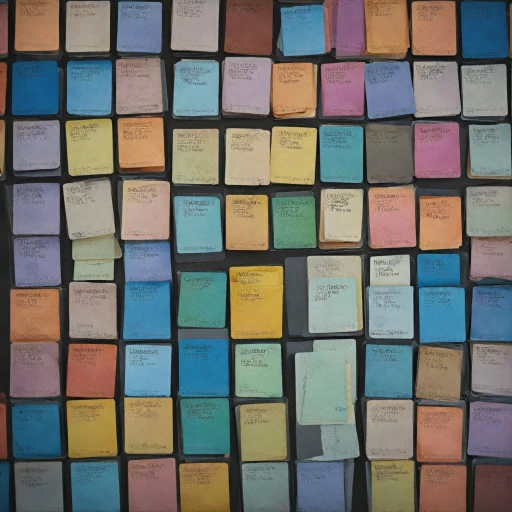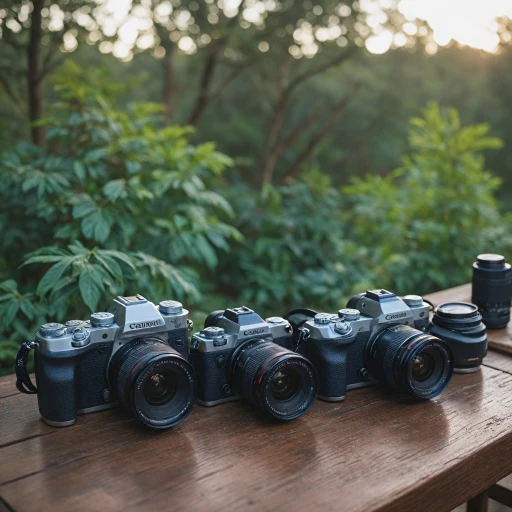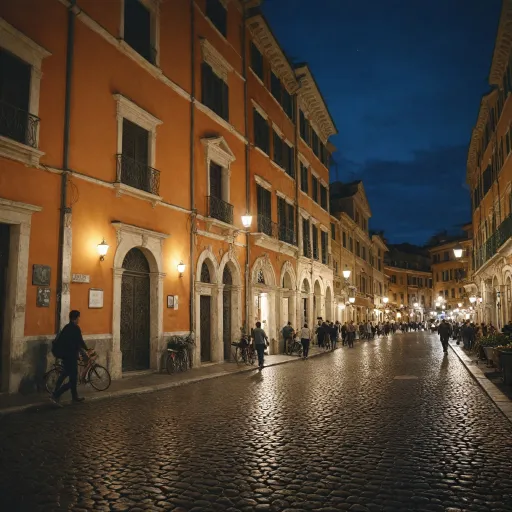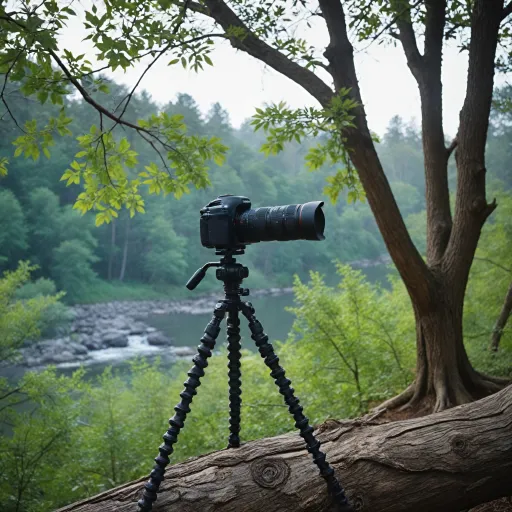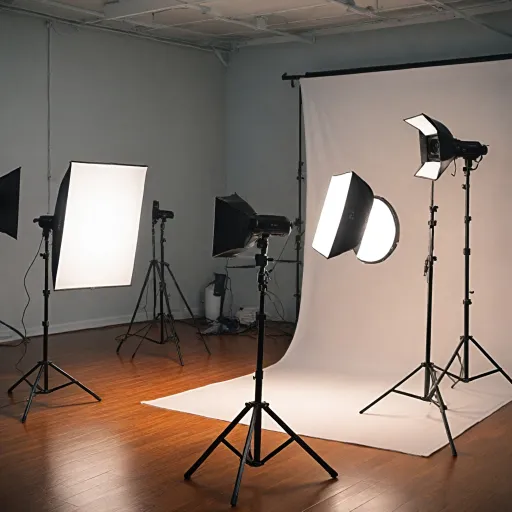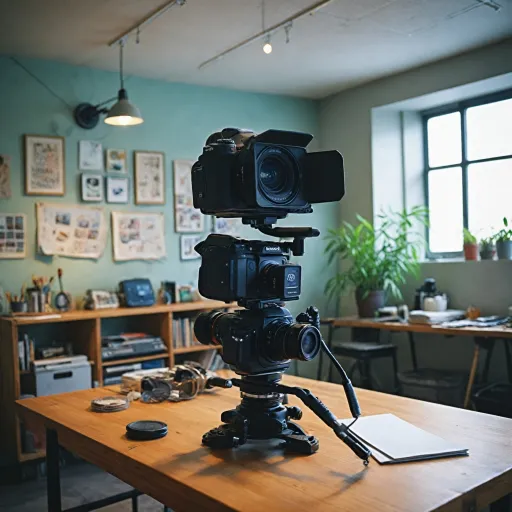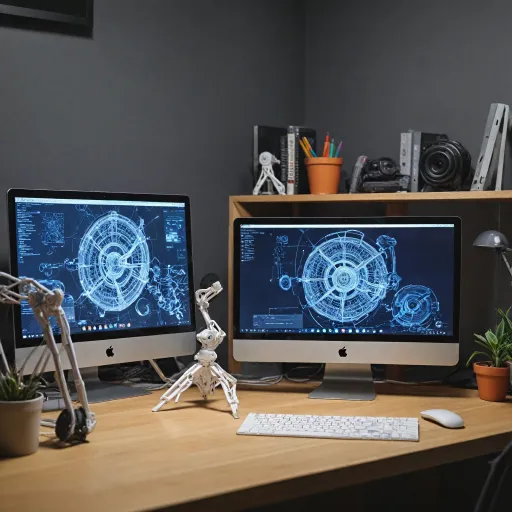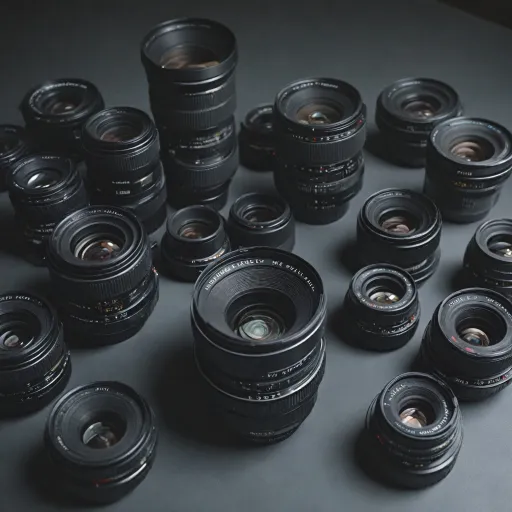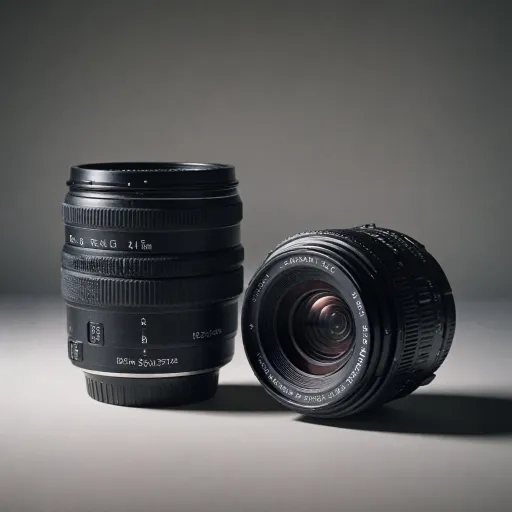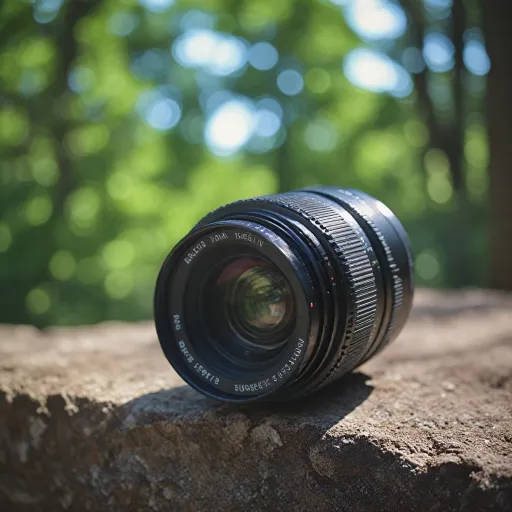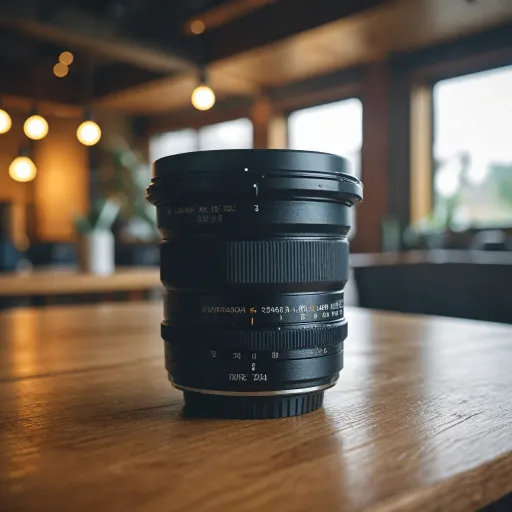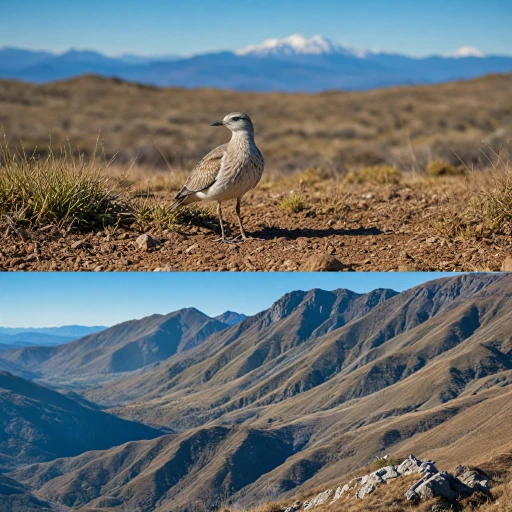
Factors Affecting Photo Storage Capacity
Understanding the Storage Dynamics
The number of photos a 16GB memory card can hold depends on several factors, each influencing the storage capacity differently. To start with, the image resolution plays a significant role. Higher resolution images, while offering superior clarity and detail, require more storage space. Consequently, lower resolutions allow more photos to be stored on the same card.
Next in line, the file size is another determinant. This varies depending on whether you're using JPEG or RAW formats, as RAW files generally take up more space compared to JPEG. Hence, choosing the right file format can significantly affect how many pictures your card can accommodate.
Moreover, image sizes, which refer to the dimensions of the photo, also impact photo storage. Larger image sizes mean more storage space will be utilized.
Lastly, each camera's settings and capabilities influence storage capacity since settings like compression levels can drastically change the file sizes, thus affecting how many pictures a memory card can hold. To delve deeper into optimizing your camera settings for better storage efficiency, it is useful to comprehend how resolution and format choices affect overall storage.
For those evaluating a memory upgrade, it might be beneficial to compare with a 32GB SD card for photo storage. This could offer insight into how expanded storage impacts overall capacity.
Image Resolution and Its Impact
Resolution Matters: Evaluating Image Size and Quality
The resolution or detail level within an image plays a significant role in determining how many photos a card can hold. Higher image resolution often leads to a larger file size, consuming more storage space on your memory card. If you opt for a high quality setting on your camera, you should expect each image file to be considerably larger. For instance, a camera set to capture 24 MP images could easily produce files surpassing sizes needed for 12 MP images.
Understanding the impact of image resolution is vital for maximizing the number of photos your card can store. For a more detailed examination of how different memory capacities affect storage, you might explore how many pictures a 32GB SD card can hold.
File Formats: JPEG vs. RAW
Comparing common image formats
When it comes to understanding how many pictures your card can hold, choosing between JPEG and RAW files is crucial. The format selected significantly impacts the number of photos you can store on a memory card, and each has distinct characteristics.- JPEG Format: JPEG files are compressed and generally occupy less space. Because of their smaller file size, many photos can fit on a card, making JPEG the preferred choice for casual photographers who prioritize quantity over the uncompromised quality of each image. Additionally, JPEG is a universally accepted format, compatible with most devices and software.
- RAW Format: RAW files, on the other hand, are unprocessed and larger, preserving the highest quality possible. They offer greater flexibility during editing, maintaining finer details and dynamic range. However, due to their size, RAW files will take up more space and thus, reduce the number of images your card can store. For photographers who require high-quality images for editing, RAW is often the preferred choice despite its larger storage requirement.
Optimizing Camera Settings for Storage Efficiency
Fine-Tuning Your Camera Setup
When aiming to maximize the storage space of your memory cards while maintaining high-quality images, tweaking your camera settings can make a significant difference. Below are some strategies to consider:- Resolution Adjustments: Lowering the image resolution reduces the file size, allowing your card to hold more photos. However, balance is key—you don't want to compromise the quality of your images, especially if you plan to print large photos.
- Image Quality Settings: Many cameras offer different quality settings for JPEG files, such as Fine or Normal. Opting for a lower quality setting can decrease file sizes, enabling more images to be stored on the card.
- File Formats Consideration: While RAW files provide greater flexibility in post-processing due to their higher data retention, they also take up more space on your memory card. Choose JPEG format when storage efficiency is a priority, as JPEGs are significantly smaller in size.
- Compression Levels: If your camera allows it, adjusting the compression level of JPEG images can effectively manage file size. Higher compression means smaller files, which means more images stored, though at a possible cost to image quality.
- Camera Firmware: Ensuring your camera’s firmware is up to date might offer newer features or improvements in how images are stored or compressed, leading to better storage efficiency.
Estimating Photo Capacity for Popular Camera Models
Estimating the Number of Photos Different Cameras Can Store
The number of photos a memory card can hold depends significantly on the capacity of the card as well as the characteristics of the digital camera in use. Image resolution, file sizes, and formats such as JPEG and RAW format influence storage utilization.
- Compact Cameras: These generally have smaller image sizes and resolutions. With a 16GB memory card, users can expect to store a higher number of photos given the tendency towards smaller file sizes compared to DSLR cameras.
- DSLR Cameras: With higher image resolution settings, DSLR cameras tend to capture more data per image, resulting in larger file sizes. Consequently, a 16GB card might store fewer files, especially with RAW files where the RAW format demands more storage space.
- Mirrorless Cameras: Similar to DSLRs, these cameras can vary in the number of photos stored. Utilizing JPEG files can significantly increase the number of photos that can be held compared to using RAW files.
To understand the approximate photo capacity across various camera types, consider examining your camera settings for both resolution and file format configurations. Optimizing these can help you manage how many pictures a memory card will hold, which is especially useful if you're planning extended shooting sessions or trips.
Additional Tips for Managing Photo Storage
Efficient Practices for Managing Your Camera’s Storage Space
To maximize the number of photos your memory card can hold and effectively manage your images, consider employing some of these strategies:
- Regularly Transfer Photos: One of the simplest ways to free up memory card space is by frequently transferring your images to a computer or external drive. This not only helps in preserving your high-quality photos but also keeps your card ready for many new pictures.
- Maintain Organized Storage: Properly organizing files into folders by date or event can simplify finding specific images later. It can be beneficial to regularly clean up your files by deleting redundant or poor-quality pictures to preserve storage space.
- Backup Your Images Regularly: Regular backups of your photos prevent data loss due to card corruption or accidental deletion. Consider using cloud storage services or an external hard drive for safer and more reliable image storage.
- Choose the Right Memory Card: Invest in a card with sufficient storage capacity for your shooting needs. While a 16GB card can hold a considerable number of JPEG images, a higher capacity card could be more practical if you frequently shoot with high-resolution settings or RAW formats.
- Monitor Image Sizes and Formats: Keep track of the file sizes of your images. JPEG format typically consumes less space compared to RAW files, allowing the memory card to hold more photos. Adjust these settings based on your quality and storage requirements.
- Utilize Edit and Compress Options: If your camera supports it, consider editing the image resolution or compressing file sizes. This can help optimize the number of images your card can hold without significantly compromising on quality.
By implementing these storage management practices, you not only extend the usability of your camera's memory card but also ensure that you have sufficient space for capturing many new and memorable moments.
